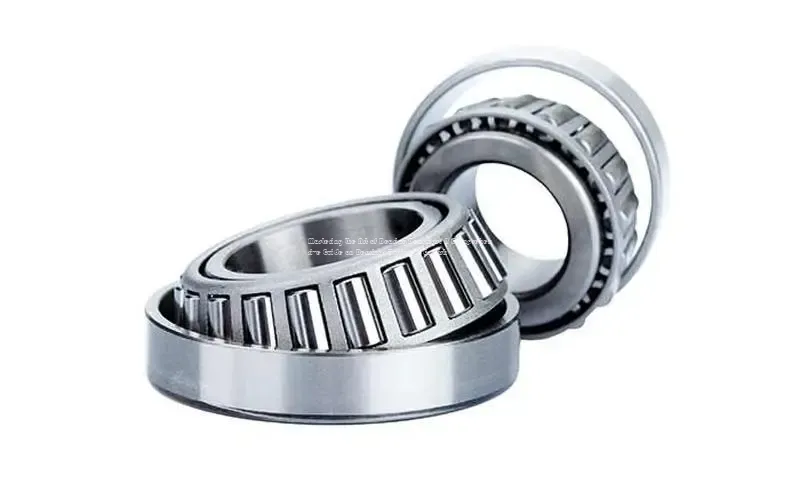欢迎您访问必发集团股份(中国)西安轴承有限公司
全国咨询热线:
029-88621100 88631100


 行业应用
行业应用 煤矿机械
煤矿机械
:
As a crucial component in various mechanical applications, bearings play a significant role in ensuring smooth operation and reducing friction. Mastering the art of bearing bearings involves understanding the different types available and their specific uses. In this comprehensive guide, we will explore the world of bearings typing in English, providing valuable insights for engineers, technicians, and enthusiasts.
1. Introduction to Bearings
Bearings are mechanical components used to facilitate rotational or linear motion by reducing friction between moving parts. They come in various shapes and sizes, each designed for specific applications. Common types of bearings include ball bearings, roller bearings, thrust bearings, and plain bearings.
2. Types of Bearings
- Ball Bearings: These bearings use balls to reduce friction and support radial and axial loads. They are commonly used in applications requiring high speeds and minimal friction.
- Roller Bearings: Roller bearings utilize cylindrical, tapered, or spherical rollers to support heavy loads and provide greater durability than ball bearings. They are ideal for applications with high radial loads.
- Thrust Bearings: Thrust bearings are designed to support axial loads and allow for smooth rotation in one direction. They are commonly used in applications such as automotive transmissions and machine tools.
- Plain Bearings: Plain bearings, also known as sleeve bearings, use a sliding surface to support rotating shafts. They are used in low-speed, high-load applications where lubrication is essential.
3. Selecting the Right Bearing Type
When choosing a bearing type for a specific application, factors such as load capacity, speed, operating conditions, and environmental factors must be considered. It is essential to consult with bearing manufacturers or suppliers to ensure the correct bearing type is selected for optimal performance and longevity.
4. Maintenance and Lubrication
Proper maintenance and lubrication are crucial for ensuring the longevity and performance of bearings. Regular inspections, cleaning, and lubrication schedules must be followed to prevent premature wear and failure. Using the correct lubricant for the specific bearing type and application is essential to minimize friction and reduce wear.
In conclusion, mastering the art of bearing bearings involves understanding the different types available, selecting the right type for a specific application, and following proper maintenance and lubrication practices. By following these guidelines, engineers, technicians, and enthusiasts can ensure the optimal performance and longevity of bearings in their mechanical systems.
For more information on bearings typing in English and other related topics, please visit our website or contact our team of experts for personalized assistance.
Keywords: bearings typing in English, types of bearings, ball bearings, roller bearings, thrust bearings, plain bearings, maintenance, lubrication.